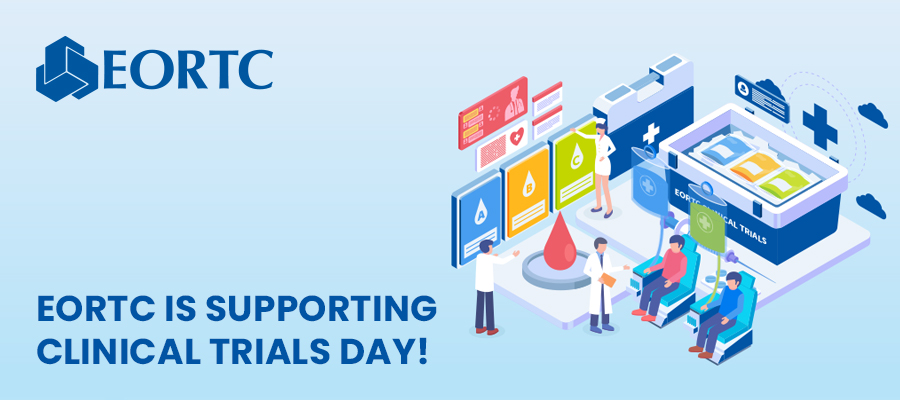Evolutions in Oncology Clinical Trials
20 May 2020
Smaller entities for research
As genomic tests become more detailed, and the availability of such testing increases, researchers can be tempted to declare every cancer case unique. Indeed no two occurrences of cancer are identical, because of differences in genetic features, but also because of the individual history of the patient (including familial syndromes).
Cancer clinical trials of a few decennia back would typically be broad in eligibility, because genomic features separating these groups were unknown. Today, clinical trial questions tend to become highly focused. However, the potential for multiplication inherent to splitting (including many new drugs that target specific molecular alterations) is a threat to representativeness and applicability of results.
Clinical trial statistical analysis uses the trial data (data sample) as a means to deduce information about future similar cases (statistical inference, induction). Regardless of the methodology used (frequentist or Bayesian statistics, various types of machine learning) we are using commonalities between cases that allow us to learn from one case to the next. Therefore, it is important that as we declare groups of patients dissimilar because of new scientific knowledge, we look for new features that allow us to learn. From that perspective, the regulatory approval of some new compounds that target gene fusions, regardless of tumor histology is an illustration of a new commonality used instead of an old one.
The case of highly specific inclusion criteria
In general, clinical trial organizers will attest that they want to include a maximum of patients into their trials. However, as explained above, some of our trials become highly specific in terms of eligibility. This can lead to a particular disadvantageous situation worth discussing.
The screening of patients for inclusion is an extremely important activity regarding the success of the clinical trial. If the activities needed to screen are part of the common practice in the hospital, enrollment success depends on availability of eligible cases, and willingness of patients and investigators to participate in the research. However, if the screening necessitates further preparatory testing that is not standard practice, highly selective criteria can have a discouraging effect. The efforts of extra screening activities can be perceived as futile if the ineligible rate is high, and costs may become prohibitive. Some trials include only very small percentages of screened patients as a rule. Initiatives such as EORTC’s SPECTA platform can run pan European screening for all cancer patients thereby decreasing the cost of screening by sharing resources and underlying database. The clinical trials themselves can also address the level of selectivity by opening up to additional cohorts.
Below we review three examples of EORTC trials that took adaptive measures to include patients beyond core eligibility.
Related News
EORTC: Advancing research and treatment for rare cancers
29 Feb 2024
EORTC Fellowship Programme: celebrating more than 20 years of impactful collaboration
22 Feb 2024
Appointment of Malte Peters as EORTC Strategic Alliance Officer
9 Feb 2024
Unique series of workshops in partnership with the European Medicines Agency (EMA)
7 Feb 2024
EORTC launches a prominent clinical trial in older patients with locally advanced (LA) HNSCC (Head and Neck Squamous Cell Carcinoma)
14 Dec 2023
Seven IMMUcan abstracts selected for ESMO Immuno-Oncology Congress 2023
6 Dec 2023
EORTC Quality of Life measures integrated in CDISC
20 Nov 2023
EORTC and Immunocore are collaborating to launch the ATOM clinical trial of tebentafusp in Adjuvant Uveal Melanoma
7 Nov 2023
Treatment with decitabine resulted in a similar survival and fewer adverse events compared with conventional chemotherapy in older fit patients with acute myeloid leukaemia
31 Oct 2023
New results and forthcoming EORTC trials in rare cancers, lung, head and neck, and breast carcinomas presented at ESMO 2023
20 Oct 2023


